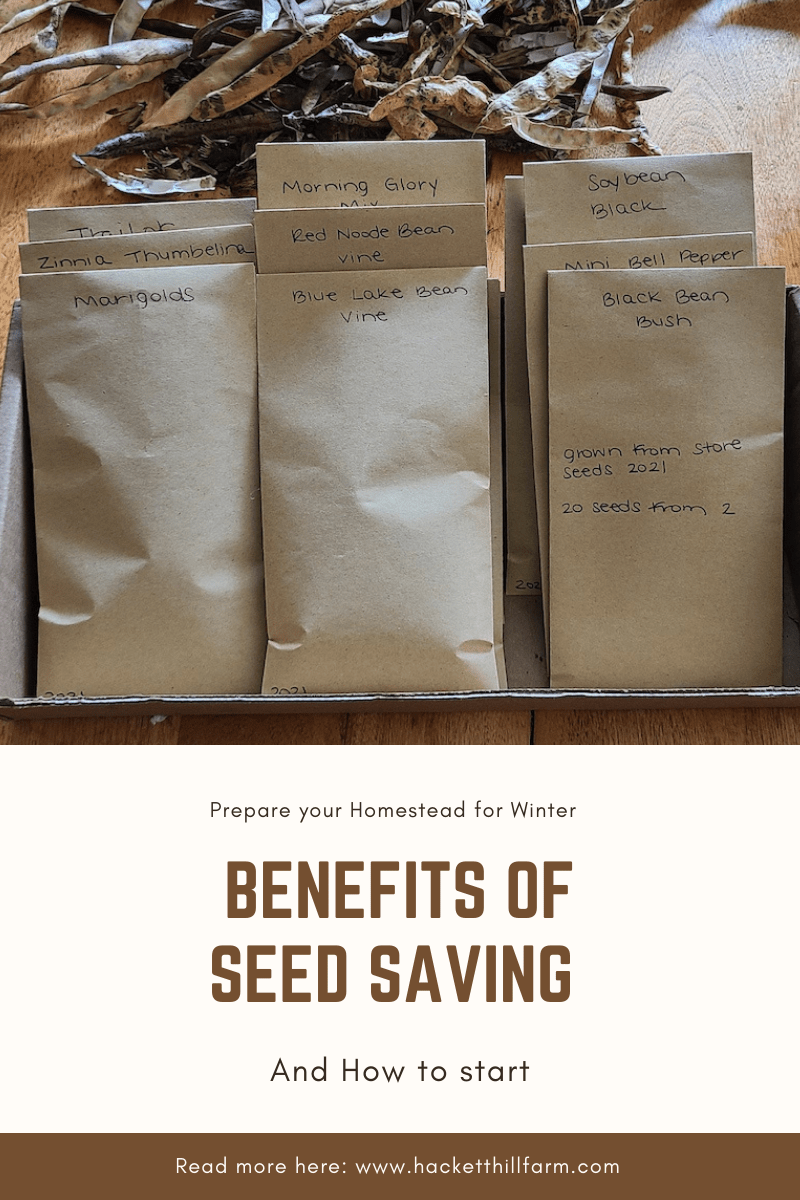
Benefits of Seed Saving and How to Start (an Interview)
Seed saving is an important part of any homesteaders or gardeners preparation for winter. As the garden comes to a close, it is important to be planful of the upcoming year and a new gardening season. Seed saving is at the heart of true sustainability and self reliance.
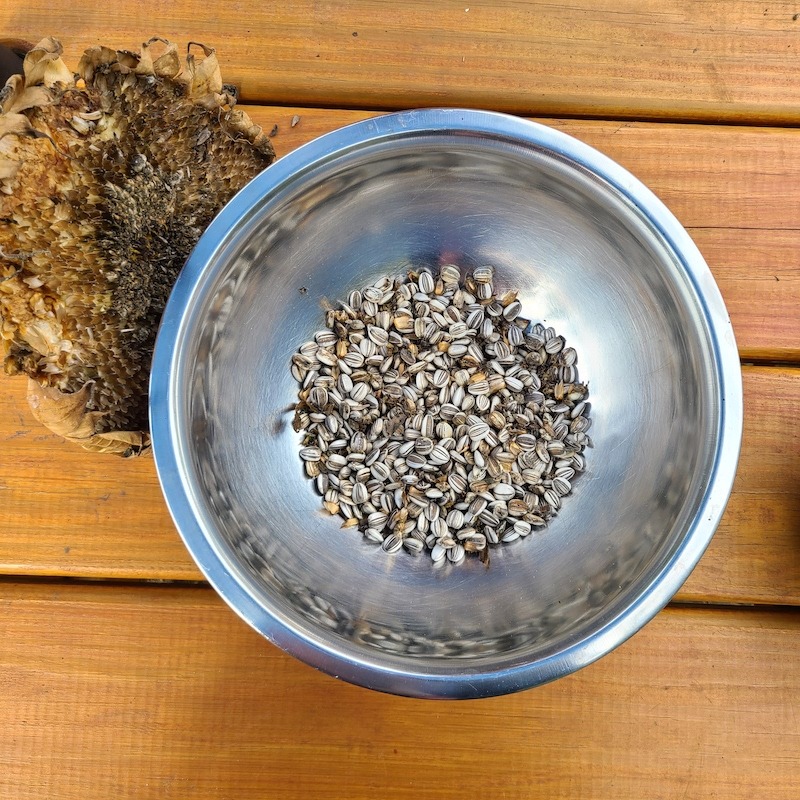
All Photo rights in this post belong to Ashley at The Homestead Mother
Today we are going to be talking seed saving. I will be interviewing Ashley from The Homestead Mother and we will cover everything you need to know to have a successful seed saving year as you prepare the homestead for winter.
We will explore how Ashley got started in seed saving and tips she has for beginners.
Before we begin let’s first understand why seed saving is so important!
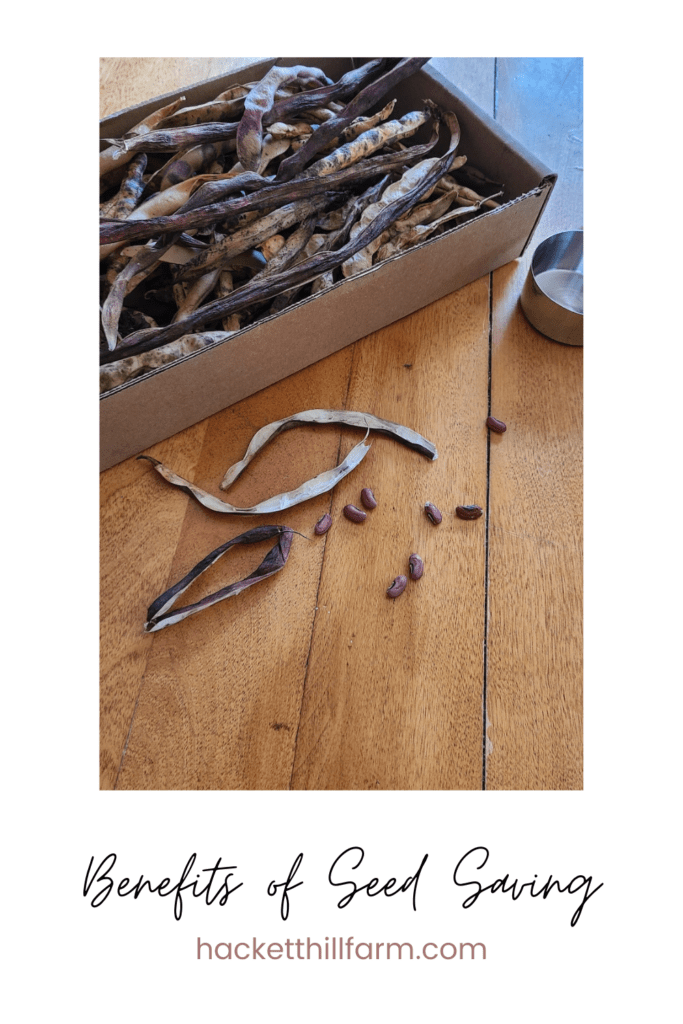
Why is seed saving important?
Seed saving can be a fun hobby, but it can also reap some pretty big benefits for homesteaders and gardeners. One being the cost savings.
Free Food with Seed Saving
Seed saving allows for essentially “free” food over time. Yes, you may spend upfront money on plants and seeds to get your garden started, but that money will pay back in dividends with crop after crop of produce for your family.
Let’s put it into perspective a bit.
One tomato seed can turn into a vine of thirty tomatoes and average two hundred seeds per fruit! Even if you only kept the seeds of that one tomato you are looking at two hundred potential plants. Even at 80% viability, that is still a lot of plants and a ton of tomatoes
More Control
Not only is seed saving an important cost saver for farmers, homesteaders, and gardeners, it puts the grower in control of the final product. As the grower, you have the ability to choose to save seeds from only your most productive and healthy plants. The plants that you lovingly tend to all summer long.
By choosing the healthiest plants that are most productive, you are setting up your future gardens to be healthy and productive! You don’t get that with seeds and plants from the big box stores y’all.
Preserve the Culture for Generations
Last but not least, seed saving can help preserve a part of your culture. By saving seeds you are enabling generations of your family to continue to grow these same plants that you are growing today. What a cool legacy to leave behind!
Now that we know the why, we need to understand the how!

How does seed saving work?
First and foremost, you need to understand that you may have to sacrifice the choicest of veggies and fruits from your garden in order to save the seeds. This ensures a healthy and productive crop in the coming years.
Once you have given yourself over to that idea, you are ready to start your seed saving journey!
Seed saving starts with growing
It is important to understand what to grow and how to grow it in order to save seeds.
You will not be able to save seeds from Hybrid plants and get a true to life replica of the plant you grew. Seeds saved from hybrid plants are often not fruitful so be mindful when planting and understand which plants you can seed save from.
When growing open pollinators or heirloom varieties to seed save from, it is important to give enough space between varieties to discourage cross pollination (unless you are looking for that sort of thing).
When plants cross pollinate with one another, the resulting plant and seed can produce a different plant all together!
Ensure you plant enough to encourage pollination and seed growth. By planting more plants, you not only make your crop stronger this year, but for years to come. A larger crop will help stimulate seed viability through cross pollination of a bigger set and will give you more plants to choose from when choosing the best ones to save.
You can also hand pollinate for larger sets and to prevent cross pollination. Check out this post from thehomesteadmother.com to show you how!
Know when to collect you seeds
In order to save seeds you need to know when to harvest them.
Plants like squash need to fully mature in the garden before you are able to harvest their seeds. This mean that they will be well beyond their prime for eating.
To extract the seeds, the fruit will need to be cut open and the seeds separated from the pulp.
Beans, lettuce, and other dry crops can be harvested as soon as the seeds are dried and hard on the plant. These are a little easier to save as often times it is as simple as picking the pod and removing the seeds.
You can check out more great seed saving how to’s here on Ashley’s blog!
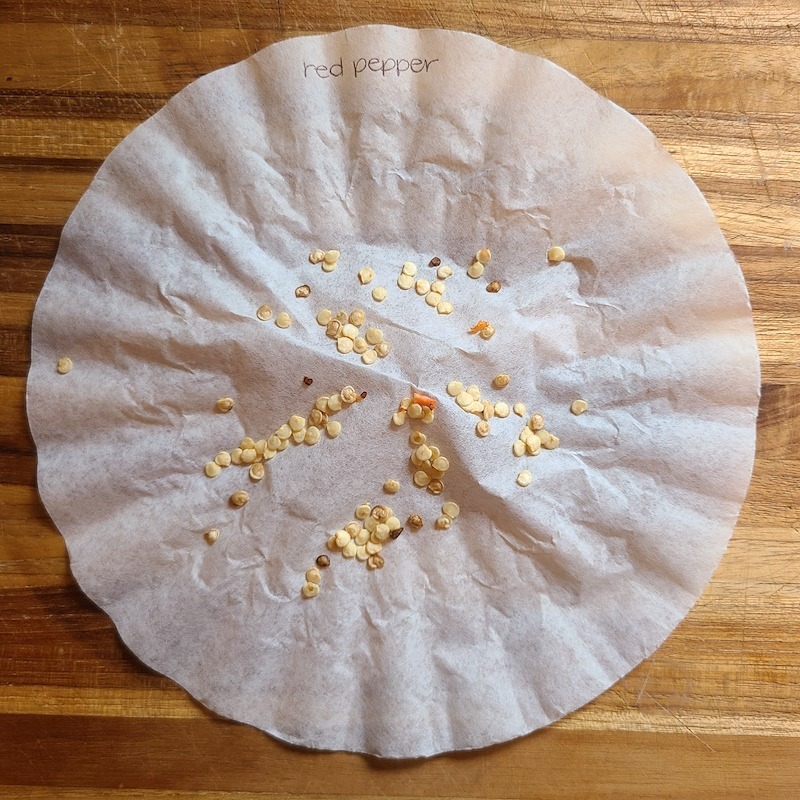
Do seeds need to be dried before planting?
Before a seed can be planted, a few things need to happen first.
First the seed needs to be harvested from its fruit only after the plants have been properly matured. Remember that this means you will have to let them go past their prime.
The seeds will then have to be properly dried. Drying the seed helps to cure its outer shell which will protect it from rot. Proper drying will also ensure that no mold occurs on the outside of the seeds.
Wet or damp seeds also promote pests and insects feeding on your precious bounty. So make sure those seeds are properly dried before storing them and store in a safe place!
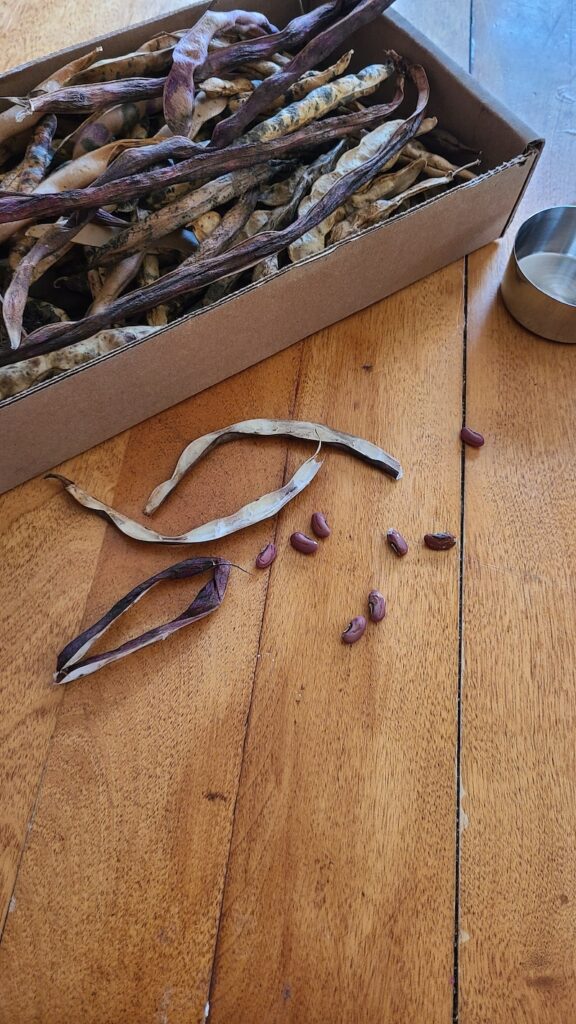
What is the best method to dry seeds
It is best to dry seeds away from direct sunlight in an area that is dry and has good ventilation. The space should be protected from pests and rodents that would love to nibble on those yummy seeds!
Spread your seeds out and turn them occasionally as they dry.
Use a coffee filter for smaller seeds or a thin dish towel for larger quantities on a wire rack. This will allow for air flow all around the seeds.
Once they are fully dried they are ready for storage.
Seeds need a good rest before they are ready for planting, so tuck them away safely and start planning that spring garden!
How long will seeds last?
Have you ever been digging through your seed stash and realized that you have some seeds that are a few years old. Don’t throw them out! It is likely they are still viable and will go towards making you a great garden. As long as seeds are stored correctly and stay dry, there is no reason why seeds won’t be viable five plus years down the road.
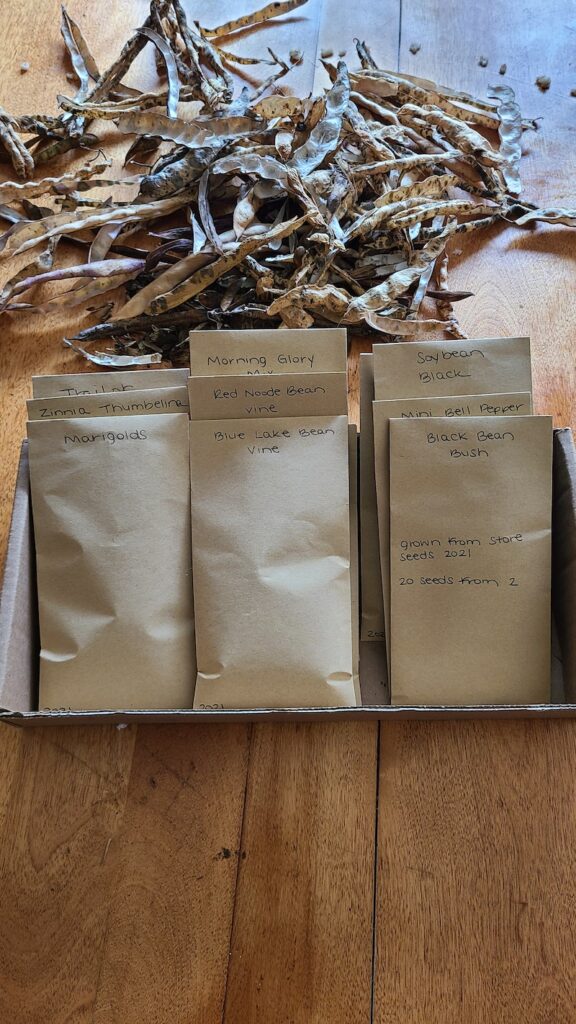
Meet Our Seed Saving Homesteader
Ashley is the homesteader behind blog, The Homestead Mother. She is mama to five, homesteader, blogger, homeschool teacher, and everything in between! She is working towards creating a more sustainable future for her family and letting us come along for the journey.
Her site is full of useful gardening tips, homeschooling ideas, and yummy recipes. She is a blog that you will want to save and come back to time and again.
You can also find her on Instagram @thehomesteadmother! Be sure to follow her there for great seed saving ideas!
Now let’s dig into the interview with Ashley and learn more about her and her knack for seed saving!
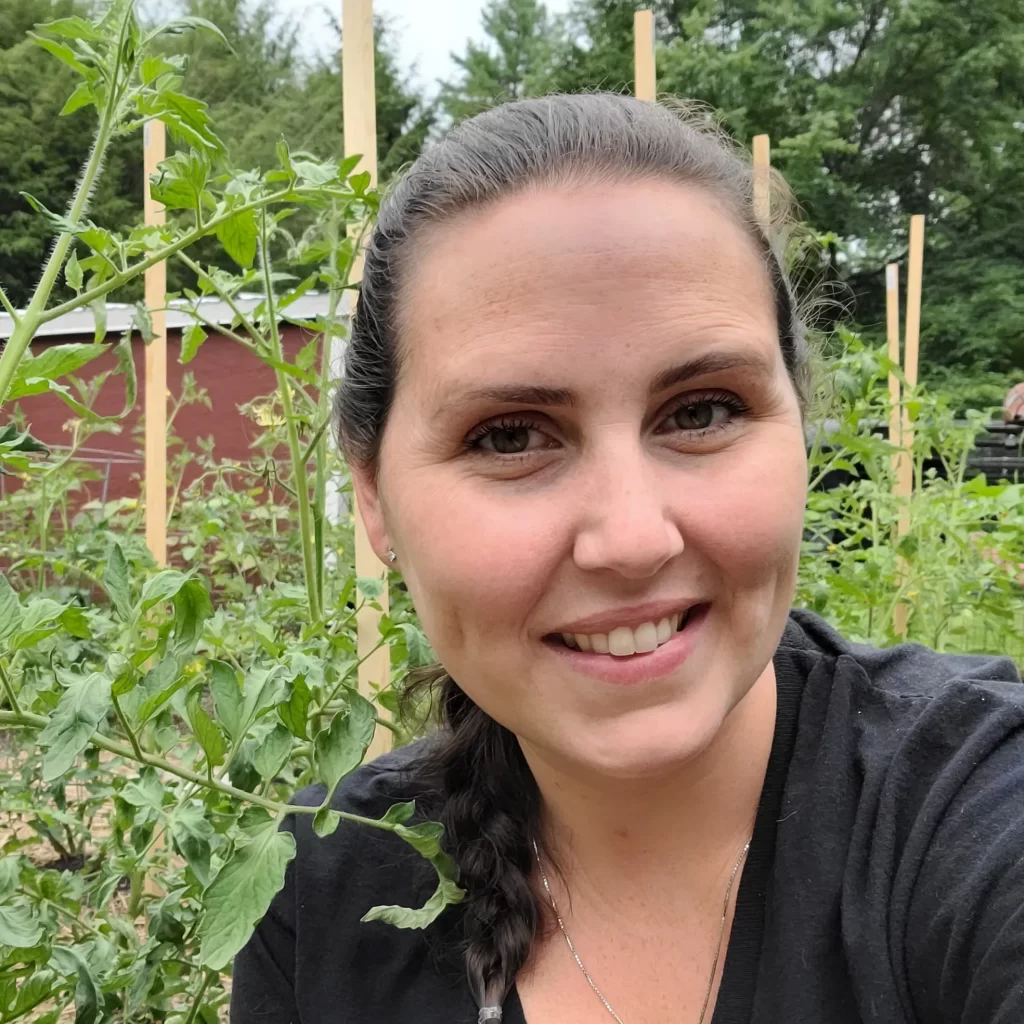
The Interview
When did you start homesteading and why did you decide to make this a way of life?
We are going on our third year raising our homestead garden and animals. But I’ve stayed home with the kids the past 6 years and always looked into ways to be a little bit more self-sufficient. Things like growing herbs, cooking meals from scratch, preserving food and such.
Learning about GMO’s and the effects of pesticides, plus wanting some food security are among the reasons for starting our homestead.
And of course a big reason is the absolute love for it. Living off the land and being self-sufficient has been my dream since I was a kid.
As Homesteaders we are always looking towards the next season. As we head into the long winter months, how do you prepare?
I am preparing a winter garden to supply us with greens throughout the winter. Having access to fresh greens is very important to our family. I have frost hardy plants growing in my container garden and will be trying to grow some different lettuces in the greenhouse.
I’ll also be attempting to grow some microgreens for the first time.
One of the things I noticed on your Instagram is your knack for seed saving! How long have you been seed saving?
I am obsessed with saving seeds haha. This is my second year saving them.
For those of us new to the seed saving game, what are some tips or tricks you can share with us to increase the likelihood of success?
You don’t want seeds from unhealthy plants.
Seeds saved from the healthiest of your plants will grow into healthy plants the following year.
Also, know that some plants will cross pollinate. So the seeds you save from certain plants might end up growing into a whole new variety.
It’s fun to experiment to see what you end up with, but if you are looking for a seed to grow true to plant, start with saving seeds from self pollinating plants. These plants are beans, peas, tomatoes, lettuce and they won’t readily cross with other varieties.
What seeds tend to be the best for saving?
Heirlooms seeds – they are the only seeds that will grow into the true plant they came from.
What is the best way to store saved seeds?
It is important that the seeds are completely dry before storing them in a dry, dark, cool place. I store mine in the basement in envelopes.
What is one piece of advice that you would share with new homesteaders as they start to prepare for the coming months?
Don’t bite off more than you can chew. Take everything day by day and one project at a time. Remember that homesteading is a journey, not an overnight trip.

Cool Tools to Start Saving Seeds
- Seed Envelopes – These mini self adhesive envelopes are a great way to safely store your seeds.
- Pretty Pens– I am obsessed with any reason to buy stationary, so I will never pass up an opportunity to buy pens. These pretty colors are perfect for not only marking your seed envelopes but also color coding your seeds by plant type or growing season!
- Seed Storage Container– This is the CUTEST way to keep your seeds away from hungry critters this winter!
- Sieve– While you can buy or even make a seed screen, a sieve will be a great multi-purpose tool not only for your seed saving, but also for your kitchen!
- Mason Jars– little mason jars are a great way to ferment seeds like tomatoes
- Gloves– If you are going to be working with hot peppers, you will need to get some gloves. Make sure they are food grade and safe to work with around food.
- Paring Knife– This Wusthof knife is back again. I can’t tell you how great a Wusthof knife is, and this little paring knife is perfect for slicing open those garden fruits to get to those seeds!
- The Complete Guide to Seed Saving– This comprehensive seed saving guide will get you unskilled in all things seed saving. It is not only great for beginners, but also as a quick reference guide for more seasoned seed savers.
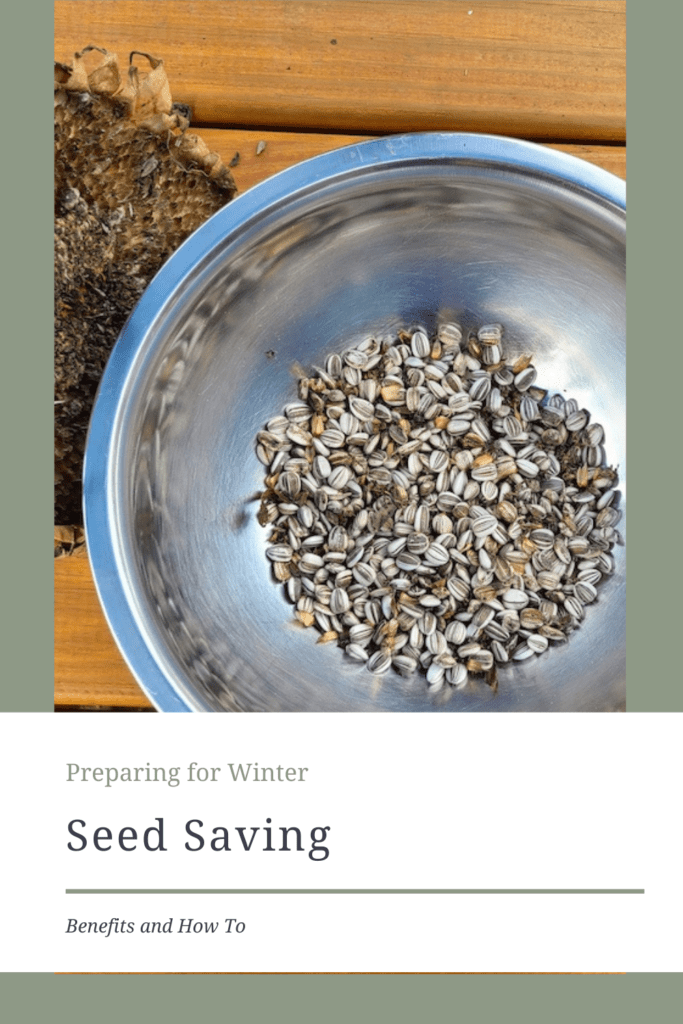
Start Seed Saving!
You are prepped and ready to start saving seeds! We hope you have enjoyed this post and encourage you to check out the other posts in this Homesteader Series!
You can learn about dehydrating your own food and check out herbal remedies along with so many other things!
If you enjoyed this post, let us know in the comments below!
Don’t forget to subscribe to our newsletter to get the best of the best in homesteading delivered directly to your inbox.
You can also find us on Pinterest, Instagram, and Facebook.
Happy Seed Saving!
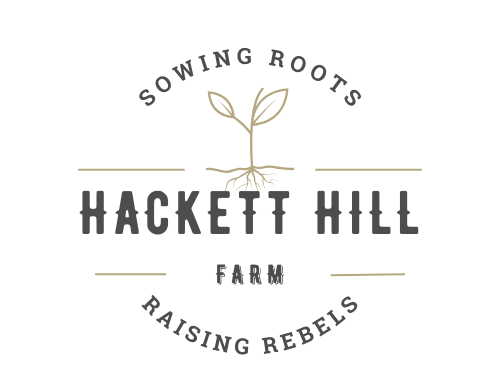


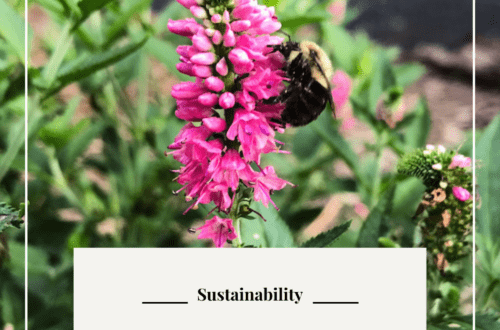
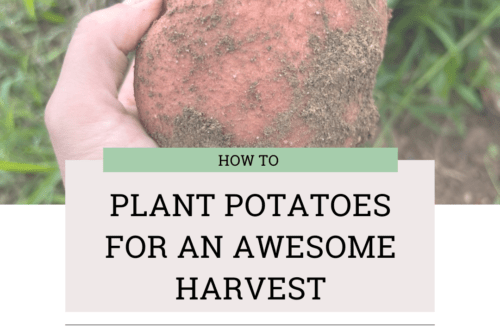
7 Comments
Fadima Mooneira
I’m not into gardening that much. But Dad is. He also did some seed saving. This is a good post. Thank you for sharing.
KEVIN FOODIE
Several years ago I started my apartment gardening in NYC. I usually saved the seeds of different kinds of peppers and tomatoes, wrap them in paper towel and save them all in a zip locker bag. The downfall to this was by next planting season, all the seeds end up getting mixed together. Your idea of labeling the envelops with seeds is a great idea.
Jaya Avendel
I love to save tomato seeds, calendula seeds, zinnia seeds from my favorite flowers, lettuce, zucchini, squash, and pumpkin seeds and can relate to a love of keeping them organized in pretty packets neatly labelled. That said, I do often save and use empty packets of seeds bought at the stores to put my seeds into as well!
Thanks so much for sharing this interview. 🙂
hacketthillfarm
There really is something satisfying about seeing all those neat little rows of neatly packaged seeds.
Jamieadstories
This is really interesting and makes a lot of sense.
Vourneen
Seed saving is a great idea! I don’t have a garden, living in the city, but I would love this eventually when I buy a home. My mum used to seed save and we had a number of fruits and veggies growing in the garden as a kid. They always tasted so much nicer than shop bought!
Molly @ Transatlantic Notes
Thanks for sharing this — it was really interesting to learn more about what being a homesteader/(serious) gardener involves. There is certainly far more to it than I thought there was!